An EM team led by Senior Advisor William “Ike” White recently traveled to France to visit the nuclear company Orano and Alternative Atomic Energies Commission (CEA) facilities, and meet with representatives with the French National Radioactive Waste Manag
DOE recently honored two EM employees with major awards for their superior performance in 2022.

Byron Smith joined the EM Nevada Program in spring 2022 to work as a real-time radiography technician. The former X-ray technician started the job with more than a decade of experience in radiology.

Bechtel National Inc. has selected Senior Vice President Brian Hartman as the new project director for the Waste Treatment and Immobilization Plant (WTP) at the Hanford Site.
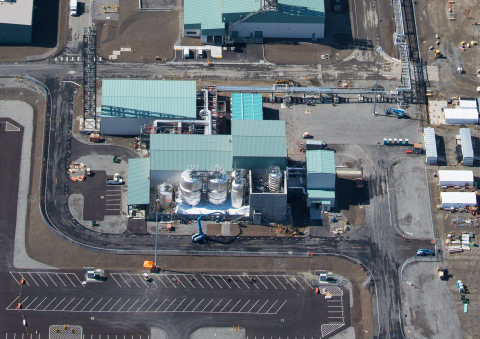
A new $30 million investment by EM will fund research and technology development led by DOE’s national laboratories aimed at better addressing tank waste at the Hanford Site.
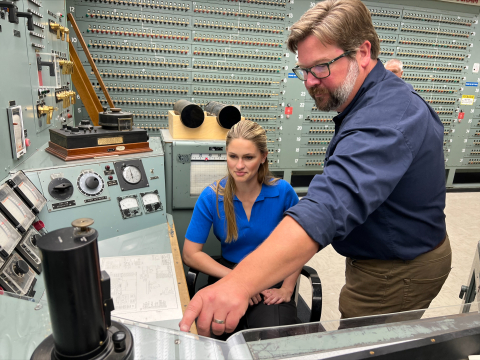
EM’s Office of River Protection and contractor Washington River Protection Solutions recently hosted a high-profile advocate for science, technology, engineering and math (STEM) education.
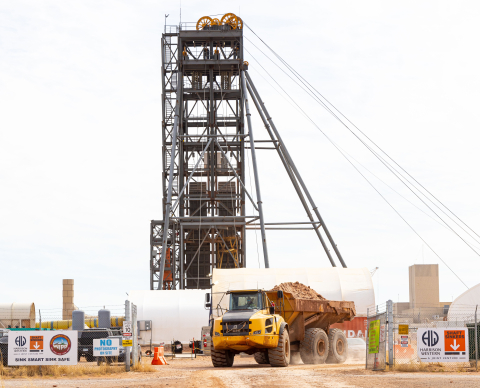
A new utility shaft at EM’s Waste Isolation Pilot Plant (WIPP) recently surpassed the 1,900-foot level continuing toward the underground waste repository depth of 2,150 feet.
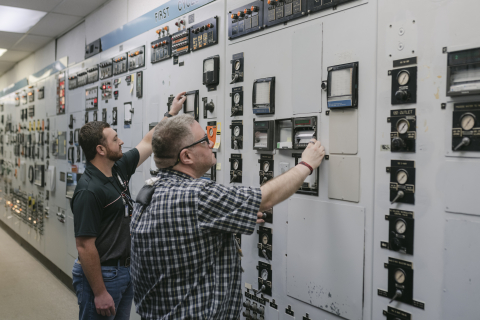
Employees at the H Canyon Chemical Separations Facility at the Savannah River Site (SRS) recently completed the inactivation of equipment related to a process system used in previous missions.
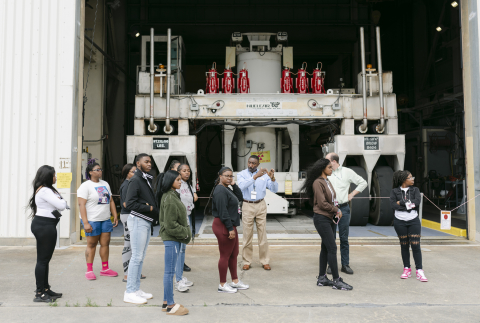
Students from Claflin University in Orangeburg, South Carolina, recently toured EM’s Savannah River Site (SRS) to learn about the array of occupations and operations across the 310-square-mile environmental reservation.

The Integrated Waste Treatment Unit has progressed to treating sodium-bearing waste entirely, the next step in efficiently removing remaining liquid radioactive waste from nearby Cold War-era underground tanks and closing them to protect the environment.

